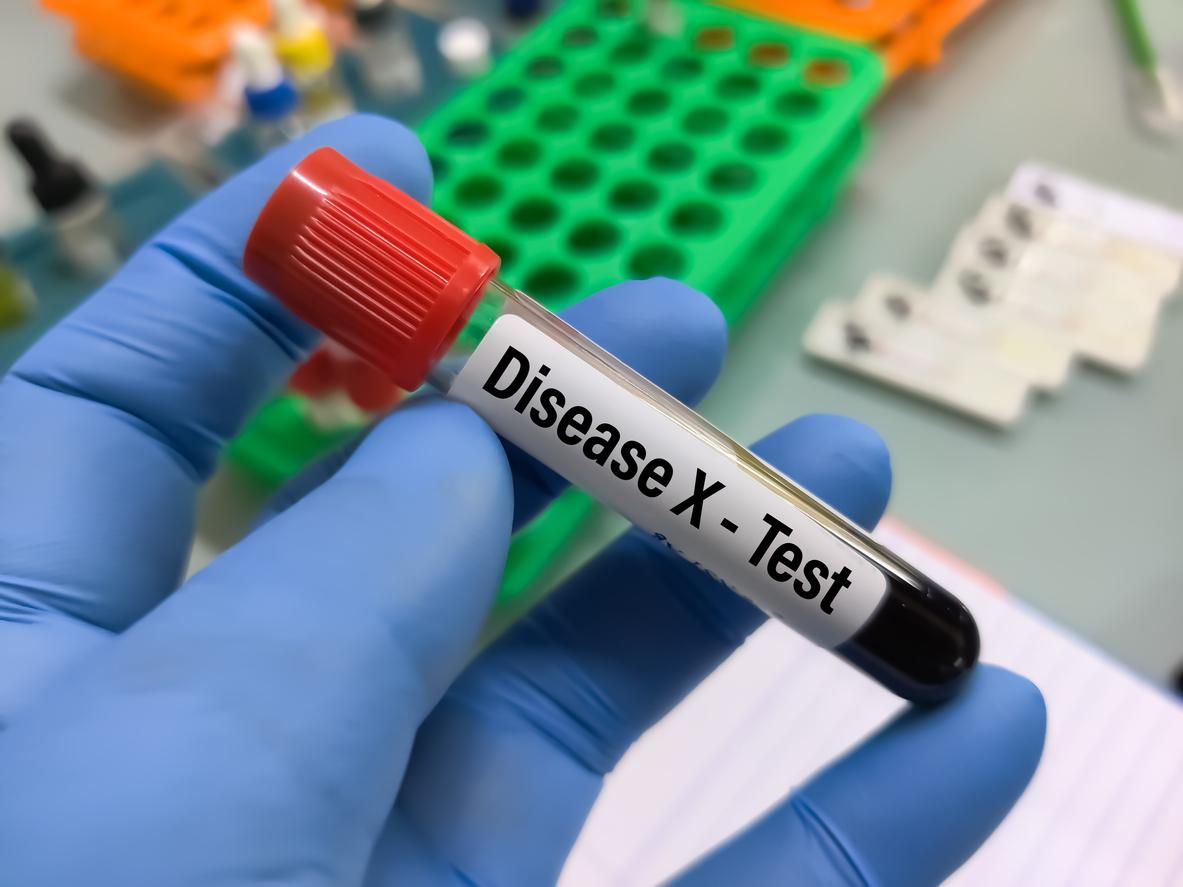
The symptoms in women
A woman with heart problems comes to the doctor… Doctor says: ‘It’s all right.’ Doctor thinks, “Nagging.” Result: almost twice as many women as men die after a heart attack.
That cardiovascular disease is an ‘old man’s disease’ is a persistent myth. More women than men die from it. The statistics do not lie: in the Netherlands 60 women and 52 men die every day from a heart attack or stroke. Cardiovascular disease is the number one cause of death in women. 42 percent of European women die within a year of a heart attack, 24 percent of men.
One explanation for the higher mortality rate among women is that women are less likely than men to receive the correct diagnosis and treatment on time after a heart attack. Why is it that doctors miss so many heart attacks in women?
“Heart ailments do not always manifest themselves in the female sex in the same way as in men. They are therefore often misjudged,” says cardiologist Angela Maas. In 2003 she set up a heart and vascular consultation at the Isala Klinieken in Zwolle to improve the screening of women over the age of 40. “Doctors are not skilled in recognizing the major differences between men and women in the field of cardiovascular disease. Their knowledge is mainly based on research with men, because women are much less represented in scientific research.”
The guidelines for doctors describe the complaints that men have with arteriosclerosis and a heart attack, such as chest pain. Angela Maas: “But the heart complaints that a woman brings to the doctor often don’t match the book. Female complaints include shortness of breath, fatigue, serious sleeping problems, dizziness or palpitations. Complaints that, moreover, have sometimes simmered for years. Doctors often dismiss these female complaints as whining. They refer to these as vague complaints or complaints associated with the transition or stress. But they are not vague complaints. These are complaints that suit women in particular.”
Recognize the symptoms
Why are heart problems in women so much more vague than in men? Angela Maas: “The process of arteriosclerosis, the clogging of the arteries, is different in women than in men in middle age. In men, a narrowing develops in the arteries, which eventually closes off the artery. In women, this process is much more diffuse and slower, because the arteriosclerosis spreads over the entire vessel wall. The blood vessel narrows across the board. This results in more vague symptoms than the classic chest pain.”
So many doctors do not recognize the typical female symptoms. Many women themselves do not even realize what is going on. Maas: “Men are more inclined to go to the doctor, women more often interpret their complaints themselves. They usually attribute heart problems to tension or pressure, because they don’t know their own symptoms and don’t realize how common a heart attack is in women. In addition, they often wait too long before going to the doctor, because they don’t want to whine. And when they finally go, the doctor often doesn’t notice what’s going on. The result: women enter the hospital after a heart attack on average half an hour to a few hours later than men.”
Take your complaints seriously
Isn’t it time for a national information campaign? “It seems too early for that. More research needs to be done first,” says Ank van Drenth, doctor at the Heart Foundation. “There are differences between the symptoms of a heart attack in men and women, but a lot is still unknown. For example, to what extent does menopause contribute to cardiovascular disease? In addition, these atypical symptoms may not always indicate heart disease; fatigue can also have other causes, for example. We must prevent women from becoming unnecessarily concerned by mass media campaigns.
That cannot be the intention.”
The Heart Foundation wants to make women aware of their risk factors. Ank van Drenth: “They are almost no different from men. Anyone who thinks that as a woman there is no risk of cardiovascular disease is also wrong. Always take your complaints seriously.”
Doctors should also be more aware of the risk factors in women, says cardiologist Angela Maas. “In women, risk factors such as high blood pressure are often incorrectly attributed to stress or the menopause. If you had high blood pressure during pregnancy, it is a precursor to cardiovascular disease: you are two to five times more likely to have it. But no cardiologist is asking about this, because it’s not in the guidelines.”
However, there may also be a technical explanation for why women do not always receive the correct diagnosis: the methods of diagnosis do not always work for women. Ank van Drenth: “During an exercise test you immediately see in men: this is not going well. But in women, abnormalities are by no means always visible, while there may indeed be something wrong with their heart. Such an exercise test is apparently not always suitable for making the diagnosis in women. Why not? And how can that be better? This therefore deserves further investigation.”
Don’t be put off
One thing is clear: to bring down the death rates, the complaints in women will have to be taken more seriously. By the doctors, but also by women themselves. “You should see a doctor in case of fatigue, shortness of breath, dizziness, insomnia, palpitations or chest pain,” says cardiologist Angela Maas. “If it’s not up to you, sometimes there is simply no explanation for your complaints. But a doctor must have looked at it carefully. The doctor must be able to present options: it can be this or that. You need to get reassurance based on something. Don’t be put off with: it’s nothing. If the doctor doesn’t understand, you have to go to another address.”
Sources):
- Plus Magazine















